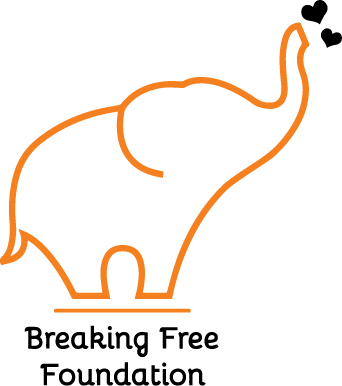Somatic experiencing: help for trauma and PTSD
Trauma can be understood as anything that has a lasting negative effect (conscious or unconscious) on a person’s mind, body, or spirit. It may begin as acute stress from a perceived life-threat, or as the end-product of cumulative stress. Any event that causes someone to feel overwhelmed can be traumatic to that person, regardless of how minor it may appear to others. Both types of stress can seriously impair a person’s ability to function with resilience and ease. Although stress is a part of life, chronic stress and minor/major trauma compromise our mental and physiological health. Left unresolved, trauma can prevent a person from responding appropriately to the world around them.
Dr. Peter A. Levine, a body psychotherapist with 40+ years of expertise in the field of stress and trauma, introduced Somatic Experiencing® (SE™). He teaches that trauma is not in the event that took place, but in how undischarged fight, flight, or freeze threat responses were activated during the event and then stored within the nervous system. Holding this powerful, unexpressed energy is what creates the variety of symptoms associated with trauma and PTSD.
Many approaches to treating trauma focus on helping clients change thinking patterns and/or accessing and expressing emotions. Trauma, however, impacts more than our thoughts and actions—it fragments us from ourselves. Because of this fragmentation, it is not possible to recover from trauma without involving the body, something that is often neglected in conventional trauma therapy. Somatic (body) therapies are considered bottom-up processing, while talk therapy is considered top-down processing. Both types of processing are required to integrate mind, body, and spirit, and to heal.
SE helps heal the roots of trauma and integrate the mind and body’s reactive patterning. It is a gentle, non-invasive approach that works with the body’s natural self-regulation system. The SE practitioner helps the client become aware of stuck fight, flight, or freeze threat responses and supports completing these trapped responses. By working directly with the nervous system, the SE practitioner helps the client resolve the impacts of cumulative stress and trauma and restore resilience and well-being.
The effects of trauma can be deep and far-reaching—don’t give up hope. Somatic therapy can help!
Written by Leona Hiebert
Somatic Experiencing Practitioner
Elan Vital Therapeutics

